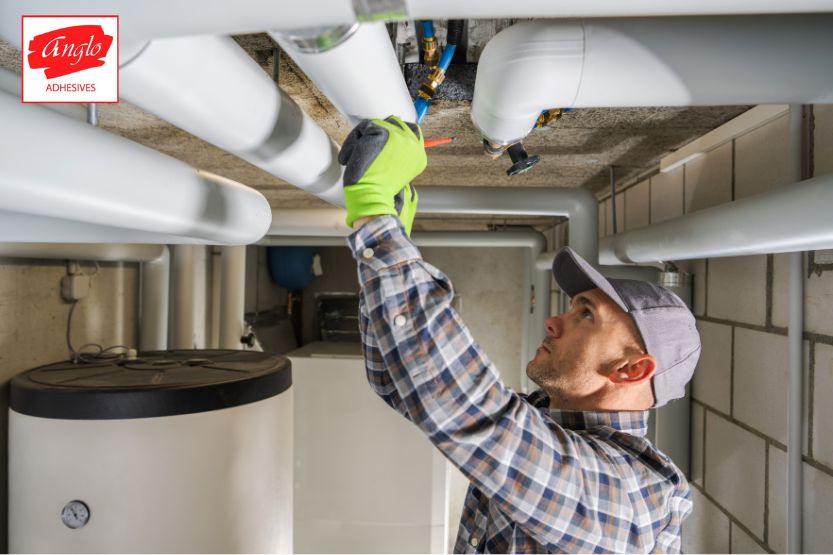Blog
How do I repair faulty PVC welded pipes using solvent weld adhesives?

Repairing a faulty PVC welded pipe using solvent weld adhesives requires careful preparation and execution to ensure a successful fix. Here’s a step-by-step guide:
Preparation:
Identify the leak: Start by pinpointing the location of the leak. Look for any visible cracks, moisture, or staining around the joint.
Turn off the water supply: Locate the nearest shut-off valve and close it to prevent further water flow and potential damage.
Drain the pipe: Open a faucet downstream of the repair area to drain any remaining water in the pipe.
Clean the area: Remove any dirt, debris, or old adhesive from around the leak using a wire brush or sandpaper. Be sure to wear gloves and safety glasses for protection.
Repair:
Roughen the surfaces: Use a sanding block or emery cloth to lightly scuff the surfaces around the leak and inside the fitting you’ll be using. This creates better adhesion for the new solvent weld adhesive.
Apply primer (optional): Some solvent weld adhesives recommend using a primer for improved bonding, especially for older or previously glued pipes. Follow the manufacturer’s instructions for application.
Apply solvent weld adhesive: Apply a thin, even layer of solvent weld adhesive to both the pipe end and the inside of the fitting. Work quickly, as the adhesive dries fast.
Insert the pipe into the fitting: Immediately push the pipe firmly into the fitting, aligning the marks you made earlier. Hold it in place for the recommended time specified on the adhesive label, typically around 30 seconds to 1 minute.
Wipe off excess adhesive: Use a clean cloth to remove any excess adhesive that squeezes out.
Curing and Testing:
Allow the joint to cure: Don’t turn the water back on for at least 24 hours to allow the adhesive to fully cure and form a strong bond.
Test for leaks: Once the curing time is complete, slowly turn the water supply back on and carefully inspect the repaired joint for any leaks. If you notice any leaks, repeat the repair process.
Additional tips:
- Use the appropriate type of solvent weld adhesive for your specific PVC pipe and application.
- Work in a well-ventilated area and avoid inhaling fumes from the adhesive.
- Wear gloves and safety glasses throughout the repair process.
- If the leak is significant or the pipe is under high pressure, it’s best to consult a professional plumber for a more permanent repair solution.
A successful repair depends on proper preparation, using the right materials, and following the instructions carefully. With these steps and some caution, you can fix a faulty PVC welded pipe using solvent weld adhesives and get your plumbing system back in top shape. Looking for strong and reliable solvent weld adhesives? Check out Anglo’s Solvent Weld Adhesives and experience the superior bonding solutions they offer. Our Solvent Weld Adhesives are specially formulated to provide unmatched strength and durability, ensuring a long-lasting and secure bond for your projects.
Explore the range of Anglo’s Solvent Weld Adhesives today and discover why professionals and enthusiasts alike rely on our products for their bonding needs.